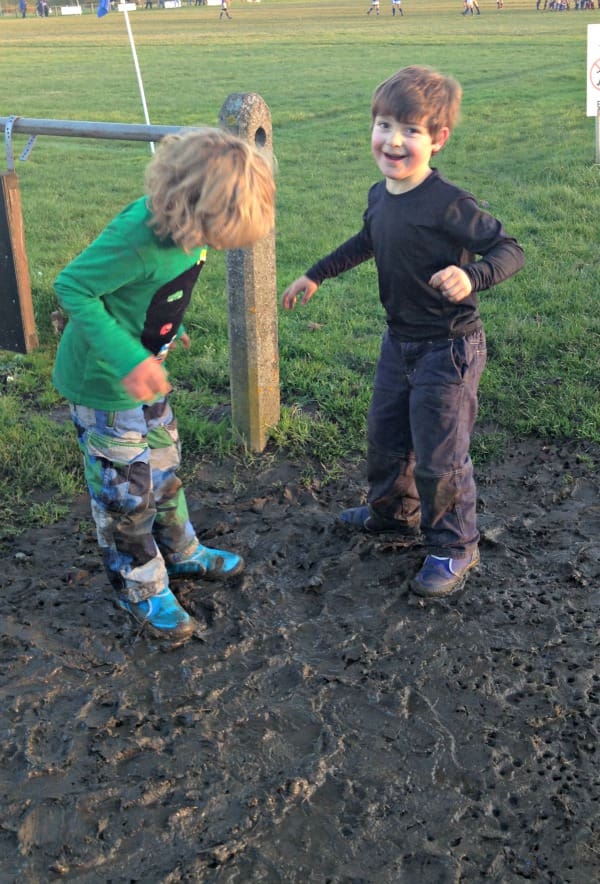There’s much to be said for the nature cure
Turns out falling out of a tree isn’t necessarily a bad thing for kids; in fact, it might just improve their self-esteem.
Sound counterintuitive? Actually, a gentle tumble from a tree is “a very good lesson in risk and reward,” which can benefit a child’s confidence and self-belief, says Stephen Moss, a naturalist, broadcaster and author.
You may not want to put this particular theory to practice, but it raises an interesting point. Children with low self-esteem apparently benefit hugely from spending time in nature. It’s well-documented that over the last few decades, children have spent less and less time outside; meanwhile, “literally dozens of studies from around the world show regular time outdoors produces significant improvements in attention deficit hyperactivity disorder, learning ability, creativity and mental, psychological and emotional wellbeing,” according to The Guardian.
Chances are, though, a child who doesn’t have a great deal of self-assurance isn’t going to go out and scramble up the first tree put in front of them. Instead start smaller, on a more basic level, to encourage your child to build confidence and pique their interest in new things. In fact, the Guardian article goes on to state that “just five minutes’ ‘green exercise’ can produce rapid improvements in mental wellbeing and self-esteem, with the greatest benefits experienced by the young,” according to a study at the University of Essex.
So what could you do in five minutes? How big is a spider’s web?
Spend time outside with your child and notice what they gravitate towards – be it butterflies, ladybirds, a mysterious animal print, patterns in the clouds, bats catching insects – and build on that experience. Ask questions, do some research together, plan a project such as putting up a feeder and tracking what kind of nuts or seeds certain birds prefer. Showing interest in and nurturing something they’re curious about will be a springboard to helping your child look deeper, wider or further afield. The more they learn, the more their confidence will grow.
Or just play together. A 2005 study by the American Medical Association demonstrated that unstructured, free play outside may improve “many aspects of emotional wellbeing such as minimizing anxiety, depression, aggression” and help children with problem-solving and co-operation. Good, old-fashioned time spent outside “cultivate[s] a range of social and emotional capabilities such as empathy, flexibility, self-awareness, and self-regulation…essential for successful social interactions,” it said. So a pretty good return on your (free) investment.
If your child already enjoys being outside but could benefit from the positive aspects of team work – developing interpersonal skills and friendships, learning by watching and working with others – the numerous activities and courses offered at Kingswood Outdoor Education & Activity centres could be worth considering.
With a ‘Team Challenge’ obstacle course, orienteering, raft-building, bushcraft – even circus skills – kids have the opportunity to take Moss’s advice to heart by learning “how to safely take risks for themselves in a safe and secure environment.” The Kingswood website says kids “learn to work as a team, demonstrating support, tolerance and encouragement for others; time away from home encourages confidence and independence; key life skills development includes decision making, leadership, initiative and problem solving.”
Or you could look into Forest Schools, based on a Scandinavian concept that puts an emphasis on “child-led learning, based on small, achievable tasks.” The Green Learning Forest School in Cornwall states that its positive outdoor experiences “raise levels of self-esteem…develop skills in co-operation and listening, empathy and enthusiasm for learning.”
It’s difficult to see your child struggling with low self-esteem. If they’re not ready to clamber up the branches, maybe just finding a nice tree swing is a start.

